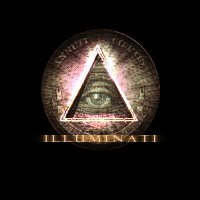
The history of freemasonry is a tricky thing to capture, not made any easier by its secretive nature and the air of suspicion which surrounds it. But its roots are steady. Freemasonry is said to have existed in England from as early as A.D. 927 and the first known masonry document was written around 1390.
It’s not known exactly how the name freemason came about. Suggestions are that it came from the French term Frere Macon which means brother mason, but it most probably has its roots in the fact that the stonemasons in Europe were unusual in as much as they were allowed to travel and find work at will rather than being bound to the land they were born on, making them free. When stonemasons found work they were lodged in a temporary structure close to or attached to their place of work, bringing about the term Masonic lodge.
Stonemasons were always a secretive bunch, but with good reason. The freedom they enjoyed was a rare thing and they wanted to hang onto it. It became obvious that if their skills were widely known about and practised, the stone masons would no longer be so sought after. So instructors cleverly attached moral values to the tools they used and when training a new apprentice they pressed home the importance of the tools to the craftsman and the attitude a stonemason must have towards them. An apprentice was made to feel they had entered into an exclusive circle and that they were bound to their fellow stonemasons through the morals they upheld and through the need for secrecy, which their freedom depended upon.
The transition from this binding guild of working stonemasons to modern freemasonry is as difficult to pin down as is the origins of freemasonry itself, but it probably happened in the Scottish lodges of the early 1600s. The earliest known record of a lodge accepting a member who was not a stonemason has been found in the records for the lodge of Edinburgh dated 1600. The same lodge details the first known initiation of a non working stonemason, The Right Honourable Lord Alexander, in 1634.
We know that freemasonry existed officially from 1717 in England. This early incarnation of modern freemasonry was based around feasts where morals and guidelines were upheld and passed down. Inevitably the teachings and discussions have changed over the years, but the general idea remains the same.
The journey from stonemason to freemason has been a long one, and it shows no signs of coming to an end.

Keine Kommentare:
Kommentar veröffentlichen